Black grouse, queen of the cold (Hygrophorus latitabundus)
5 years ago · Updated 6 months ago
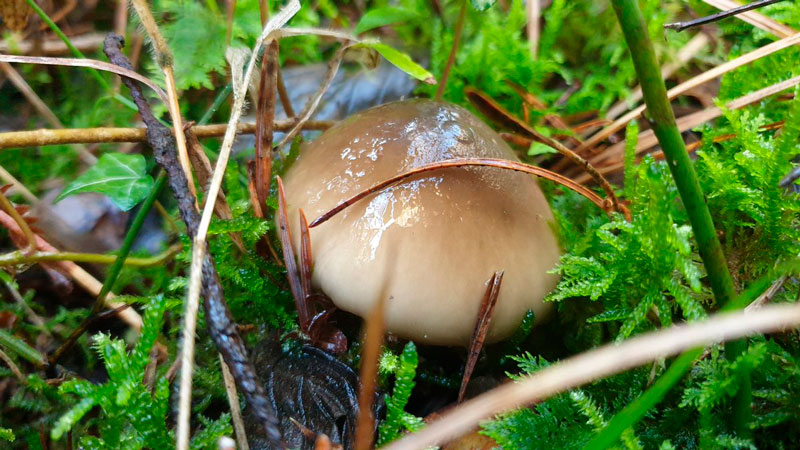
The mushroom season is drawing to a close. Trumpets, meadow roses, oronges, boletes and even the ever-popular milk caps have stopped shining at their best.
The forest is getting colder, and the first frosts are beginning to leave their mark. Everything seems to indicate that it's time to put away the wicker basket... But for those who continue to comb every nook and cranny in search of edible mushrooms, there's still one last precious treasure: la llenega negra.
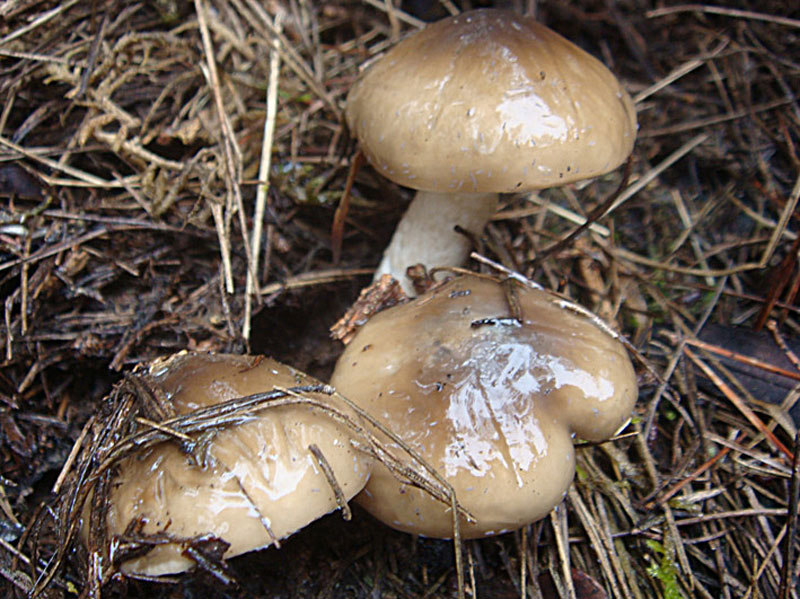
The mocosa or llenega is probably one of the most popular mushrooms, mainly in Catalonia, although increasingly in other areas of our geography, where it is hungrily harvested every season.
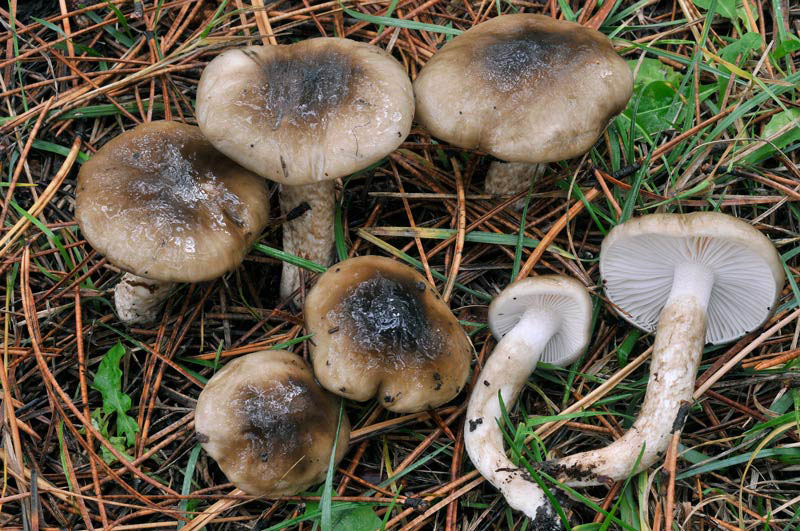
All names of the mocosa negra, H. latitabundus
Hygrophorus latitabundus is a very popular mushroom where it grows. That's why the names applied to it in each corner are equally varied. Among other popular names in Spanish are llanega, llanega negra, babosa negra, señorita, mucosa, pegalosa, carmellosa o caramellosa. In Castile, it's known as seta de congrio or llanera, and in Aragon, baboso negro. But it's in Catalonia that there are perhaps the most variations: Llenega, llenega gris, llenega negra, llenega fosca, mocosa
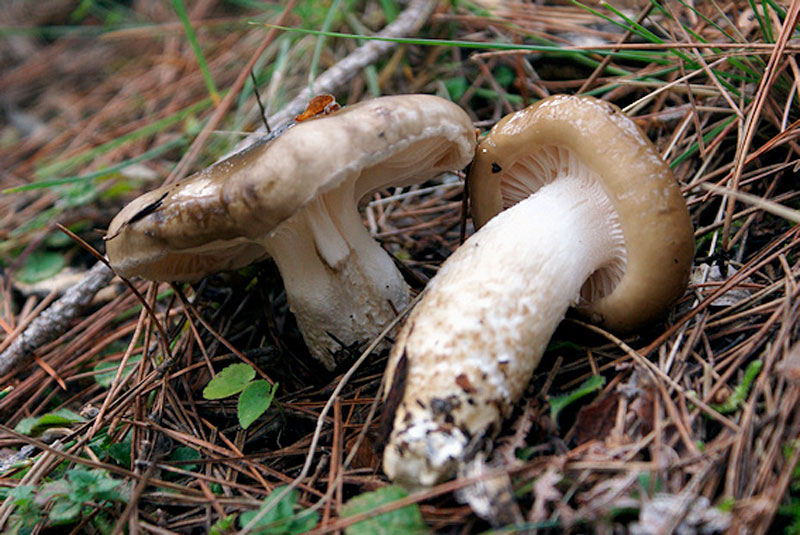
How to distinguish llenega negra
The mocosa negra has very special characteristics that if we know them, we can be sure of its identification when we find one.
Hat: The llenega negra has a large hat, when the specimen is young it has a semi-spherical shape, then it becomes convex and finally flattened, reaching diameters of over 20 cm, although it usually oscillates between 5 and 15 cm
Mucous cuticle: The cuticle is separable, brown in color with the center of a darker color and in normal weather, covered with a viscous, sticky substance we call mucus.
Foot: The foot of the black lepiote is white in color and also covered with mucus that takes on a brown tone, in some specimens it is thin and in others thick with a protuberance in the middle.
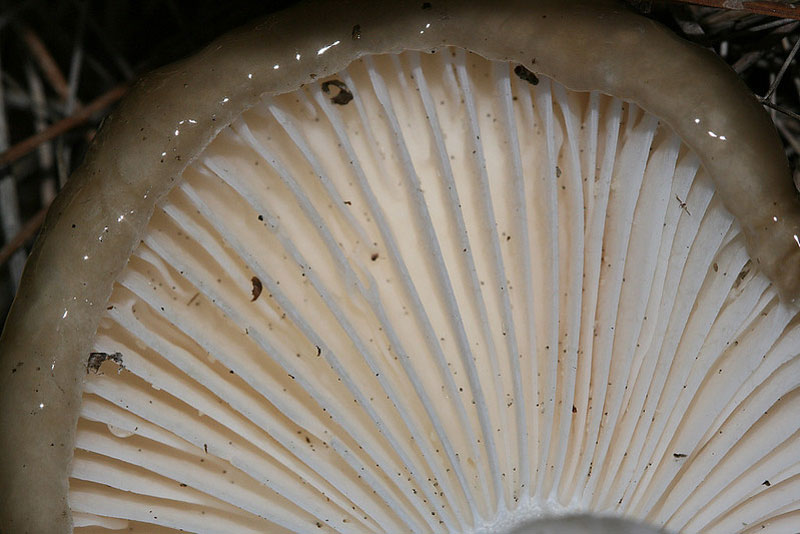
Blades: The blades are white tending to cream as the specimen ages, adnate.
Chair: this is a firm-fleshed, white, sweet-smelling, sweet-tasting mushroom.
Where and when to look for llanega negra
The first characteristic to take into account is that it's a quasi-winter species, so you'll have to wait for low temperatures to see them appear.
We'll be looking for llenega negra when the cold approaches, from late September to early October at altitudes above 1000 meters until December, or even January in exceptional years near the sea or at low altitudes.
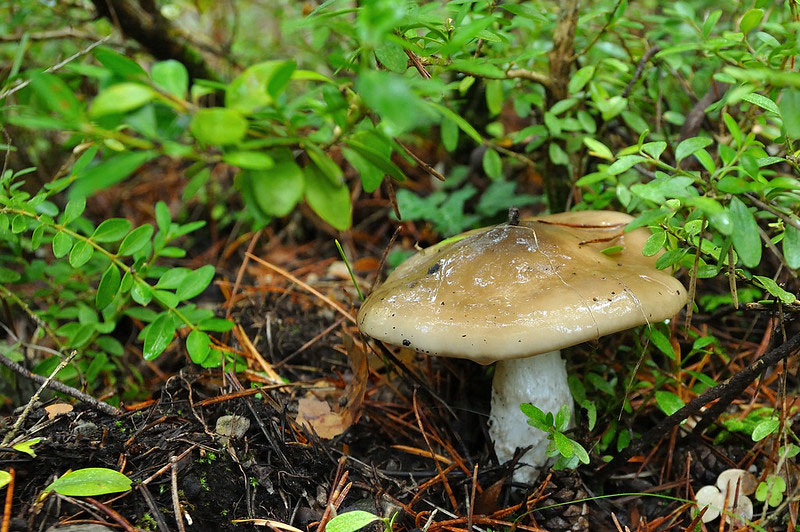
Limestone soil
You'll only find llenega negra on calcareous soils, i.e. with a soil pH above 7. Boxwood and rosemary are two plants that grow on calcareous soils and can give us good clues.
Pinèdes
llenega negra is a fungus that you'll always find associated with pine forests, both red pine, p. sylvestre, and white pine or p. halepensis, sometimes accompanied by a few oaks, preferably over 20 to 30 years old.
Look for humidity and cool temperatures
We should always look for the first black slugs in the dampest, coolest parts of the forest, often near canals that offer them these conditions, or hidden beneath a thick layer of shrubbery.
As the season progresses, if rain and lack of wind accompany, we'll also find them in more open places and even the last ones in the sun.
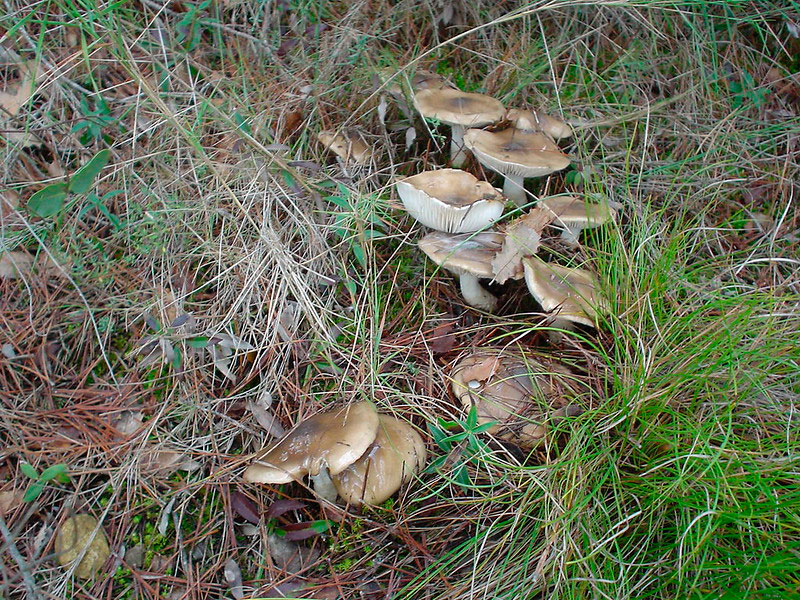
Death trumpet. No fear of frost
The trompette-de-la-mort, being a mushroom that tolerates light frosts well, and passes quickly when it's a little too hot, the quality of specimens will improve as the season progresses, and if the year is a good one, it will be the last sunny specimens that will surprise us with the size and quality of their flesh, when hardly anyone is already looking for them.
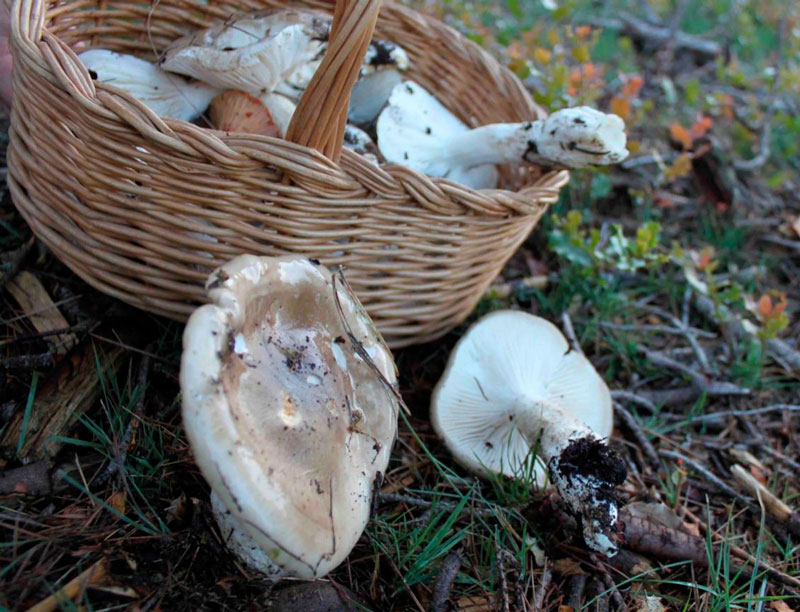
Can I confuse trumpet-of-death with other poisonous or edible mushrooms?
By knowing what other mushrooms we can find in the forest alongside trumpet-of-death, we'll be able to identify them without running any risks.
Other mushrooms that accompany llenega negra in the forest
Other mushrooms that share habitat with llenega negra include negrilla, cow's tongue, camagroc and amanita ovata, as well as delicious milkwort and partridge's foot.

Possible confusion of llanega negra
A possible confusion can be given with Hygrophorus personii, but this one grows in oak groves on acid soils, and is of a more modest size. Also edible, but of much lower quality than llanega negra.
Photographs of llanega negra
This species of hygrophore is much photographed by the number of pickers who insistently seek it out. If we're lucky enough to find a good setal of llanegas forming circles or rows, what could be less than a good reportage of them!
If you have photographs of llenegas, send them to us and we'll publish them in this gallery. Why not send us your Hygrophorus latitabundus photos?
Llanega negra in the Kitchen
Llenega or mocosa negra is an exceptional mushroom for accompanying long-cooked stews.
It can be eaten as an omelet, sautéed with garlic and parsley, or grilled. ... but it's in stews that it really comes into its own. Good pig's trotters or a round of veal are great accompaniments to this exquisite mushroom.
When cooking it, we recommend removing the slime from the cap and stem, as these can be bitter.
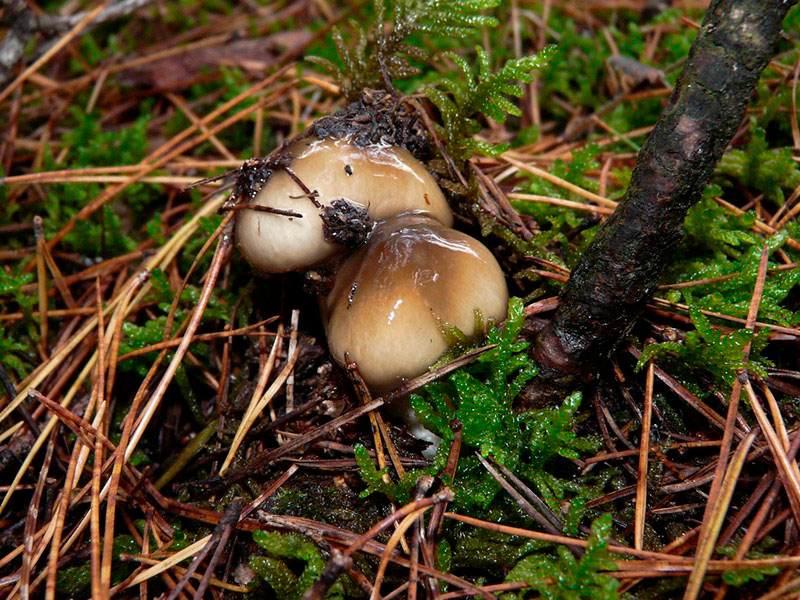
Now that you know what they're like and where llanegas or slugs come out, all that's left is to take a good look at the area where you think you'll find them. Don't forget to take a good wicker basket and a knife with you. You'll need them
Health and happiness!

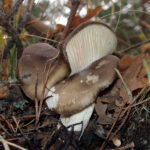
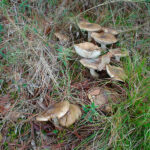
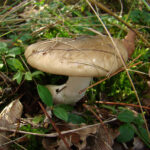
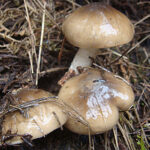
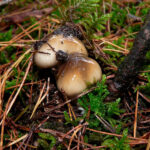

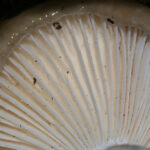
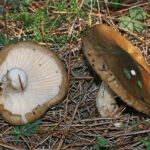
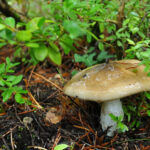
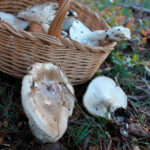
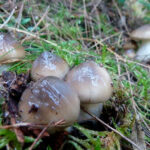
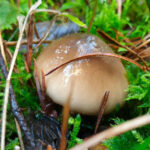
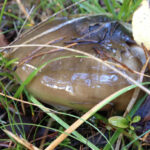
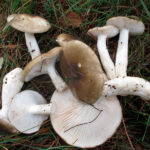
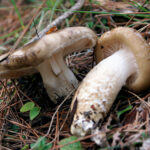
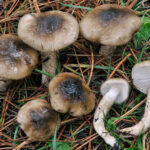
Te pueden interesar